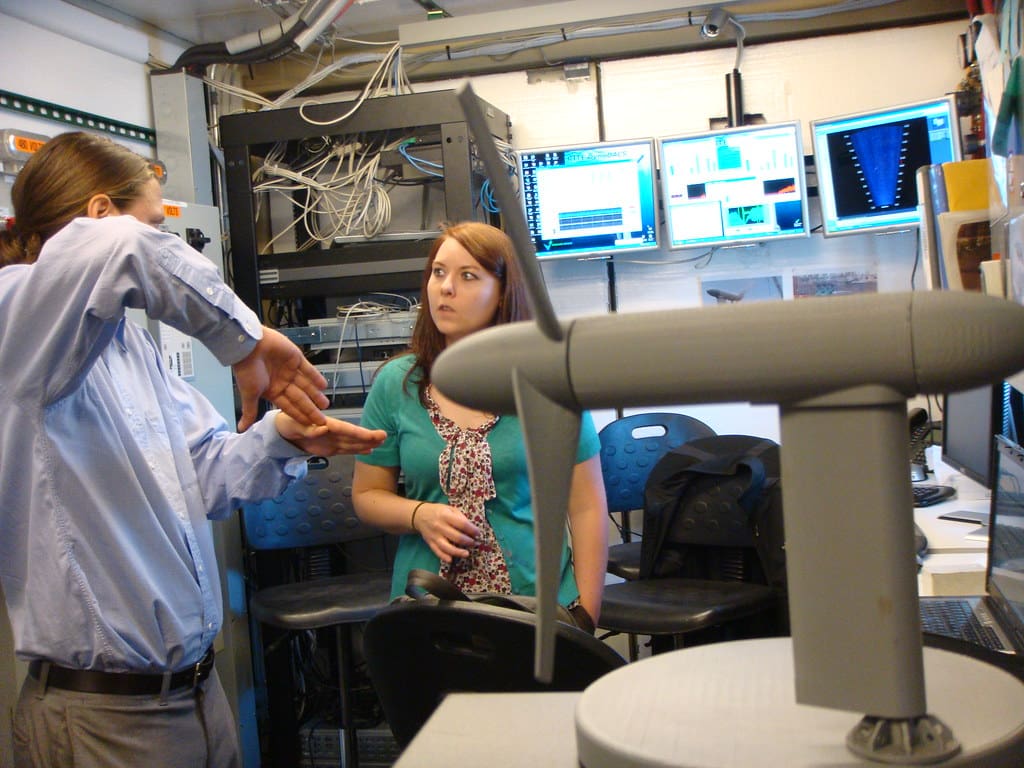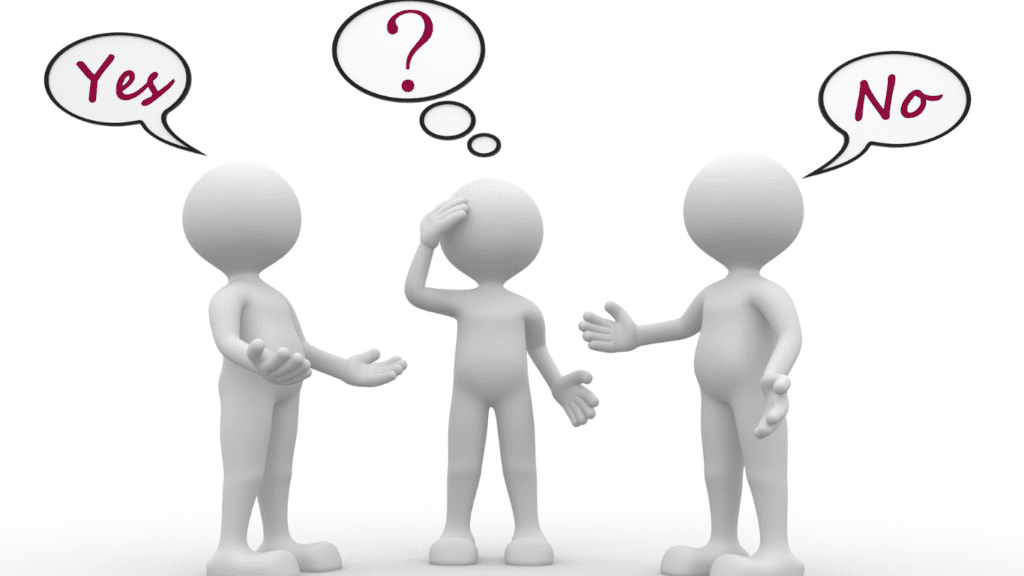Twenty more skills for a successful Field Service Engineer
Many thanks for all the responses and feedback to our recent post – Twenty skills for a successful Field Service Engineer. This article focuses on the top three from the list of twenty. In particular it gives communication tips and advice for field service engineers.
What are your top three FSE skills for success


A sense of humour came high for a lot of engineers, but the overriding winner was:
Ability to communicate clearly with colleagues and clients
Many field engineers work in a language which is not their first or even second. I think everyone understands the frustration and fatigue which comes with this.
Communication techniques


Here are some tips to add to your tool kit to help with the communication process.
Speed
Do not slow down
Even though this is instinctive when communication is difficult, don’t do it.
You will lose so much of what helps understanding and could sound boring.
Gaps and pausing
Although you are not slowing down, do lengthen the gaps in your speech and pause more.
So, if you timed yourself, you have slowed overall but at the natural places.
Key words
Do stress the key words in each sentence more
The key word are the words which are most important and carry the meaning. If you stress and emphasise these words a bit more, you will help your listener to follow and understand. However, be careful not to shout.
Facial expression
Do not freeze your face
When communication is difficult, it is easy to have a tense expression. It is easy to look angry or blank. Be careful to keep your expression neutral and relaxed.
Do smile
Keep smiling for at least some of the time.
Language to avoid
Do avoid slang, buzz words, acronyms
Remember that a lot of industry buzz words are not international or even if they are, they are pronounced differently.
Sometimes words become slang and are used often in your community, but may not be clear internationally.
Repeat, repeat, repeat
Do say everything important 3 times
This is the old public speaker’s trick:
Firstly, say what you are going to say
Secondly, say it
Thirdly, say what you said
Visuals
Do use pictures if you can. Even a simple picture, can make things much clearer.
Or think like an actor and mime.


Yes or no


If the response to what you say is a yes, a smile or a nod…
Don’t assume it indicates understanding it could just indicate friendliness, encouragement, or politeness. It is always best to check.
There are a lot more, but just these few things can help ease communication. If you would like to find out more or have questions about communication tips and advice, please contact me at my intercultural training and consultancy, Intercultural Success, email:
caroline@interculturalsuccess.com
Further reading
Ten tips for talking technical to non-techies
Al Bates and Carl Tope advise on how to handle on-site communication challenges


Responses